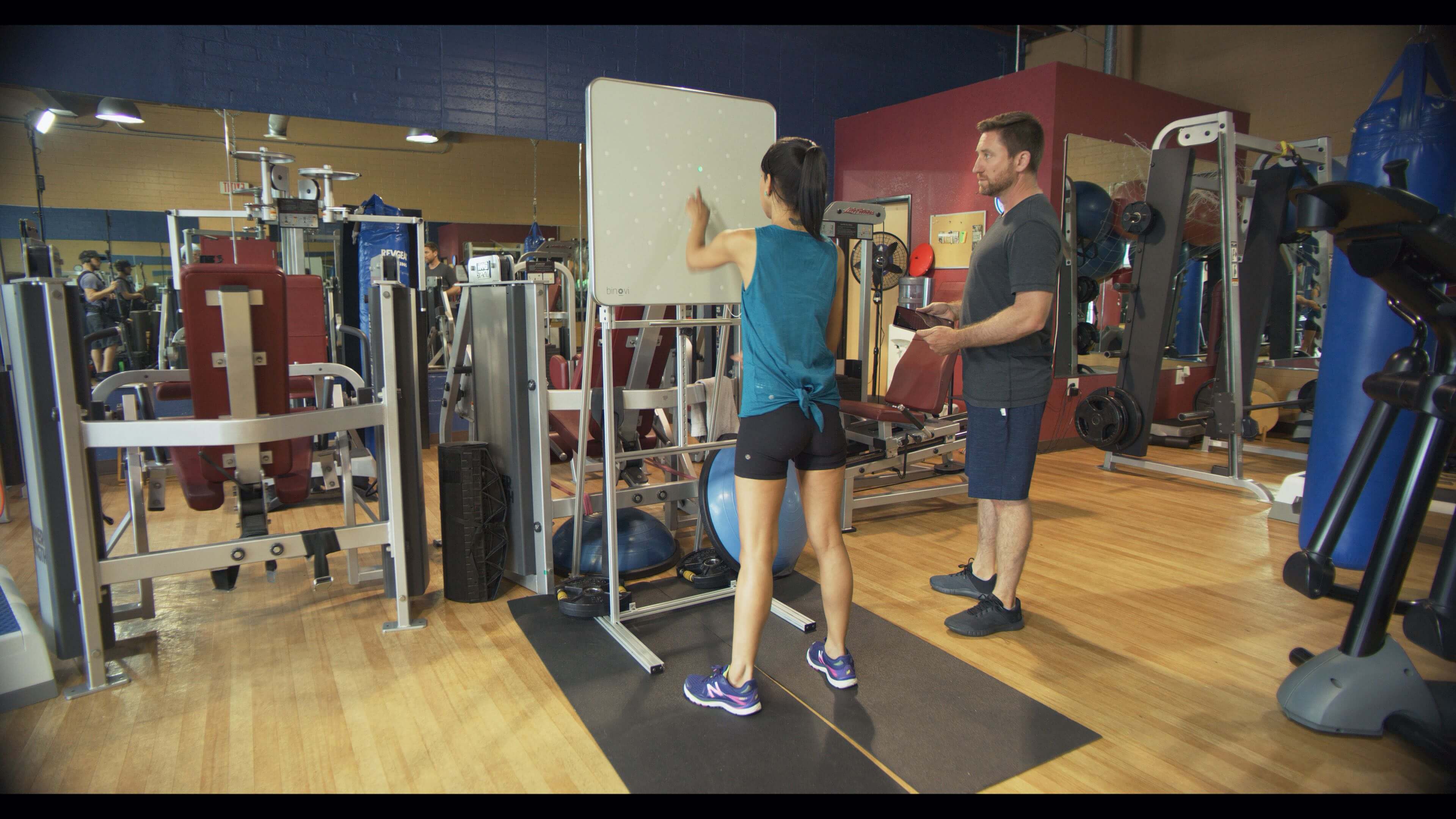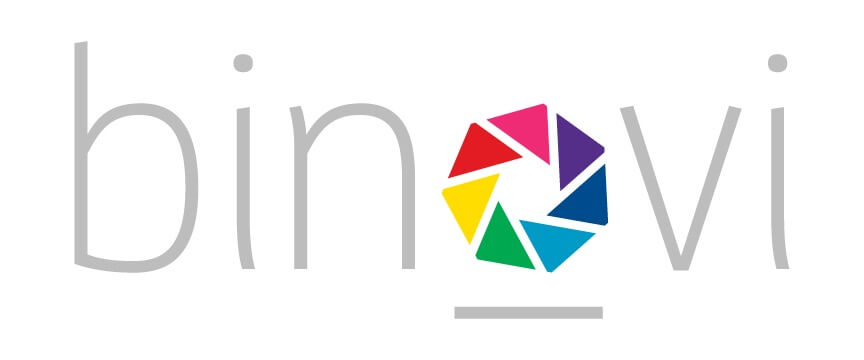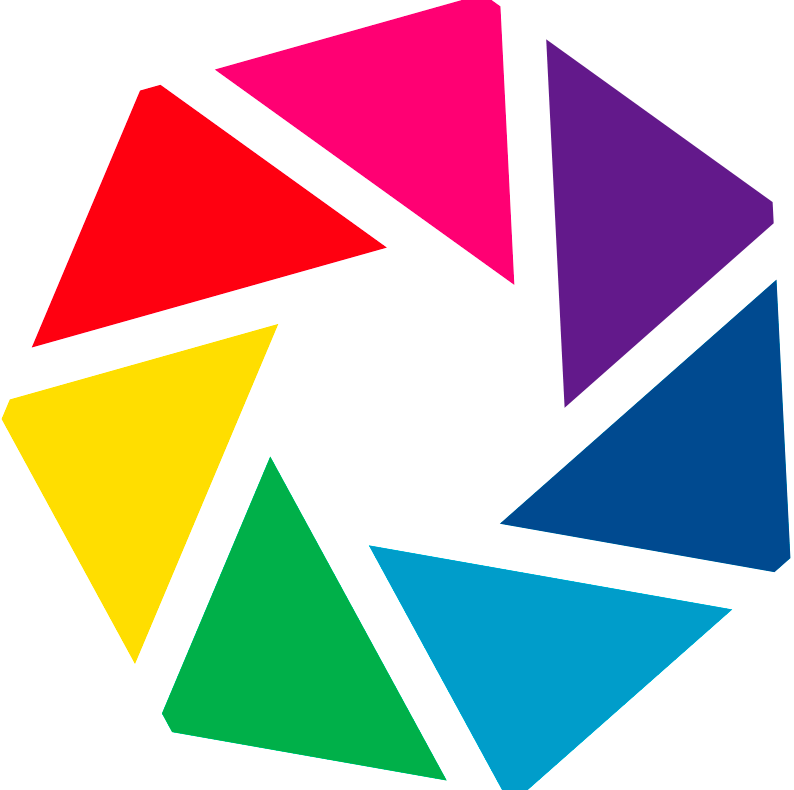
Sports Vision Training: 2-Part Article Series
We’ve all been there: articles on this, journals on that, a recommended blog post from a colleague sitting in your inbox. It’s a lot to take in, but important to ensure we’re broadening our horizons and learning new things helps improve the coaching, training, and education we impart to the athletes with whom we work. The problems are the gaps in those resources. There have been amazing strides made in certain aspects of athletics, particularly with respect to performance. Advancements in biomechanics, nutrition, sport psychology —all incredibly important— have been common of late, but they tend to leave out a significant contributor to performance: vision.
 Our vision accounts for as much as 80% —some argue even more— of the sensory input our brains process during our day-to-day lives. But how many drills, exercises, or activities are specifically targeting an athlete’s vision? And how many are having any significant impact on the mental processes going on behind the scenes? Most only really consider their vision when something changes with it: players see things less clearly, experience double-vision or blurriness, or notice something just isn’t quite as it should be.
Our vision accounts for as much as 80% —some argue even more— of the sensory input our brains process during our day-to-day lives. But how many drills, exercises, or activities are specifically targeting an athlete’s vision? And how many are having any significant impact on the mental processes going on behind the scenes? Most only really consider their vision when something changes with it: players see things less clearly, experience double-vision or blurriness, or notice something just isn’t quite as it should be.
Sports Vision Training (SVT) has become an increasingly common tool for professional athletes to train their vision and cognitive skills to improve their performance. The effects can be incredibly pronounced, even at the professional level where the margins for improvement are going to be razor-thin. What if we could get to athletes earlier, in their early adult years (collegiate athletes), or even earlier in their teens or childhood years? What impacts could those changes in vision have on the court? And what kind of changes could we see off the court?

There are a number of key vision skills that athletes of all stripes can benefit from improving; things like reaction time, or hand-eye coordination, or peripheral vision. While some may be more relevant than others based on sport and position, these skills are nearly universal and can have a massive impact on performance in sports and overall quality of life.
All these key skills have impacts on critical athletic abilities and already-measured benchmarking scores used in assessing athletes for things like scholarships and drafts. Currently, SVT is used to help athletes achieve new heights in performance when the other aspects of their training have been exhausted. SVT works on improving individual skills but focuses on improving how they work together, as each skill supports the others to work better, together. With a properly working and integrated visual system, athletes see better, process information more efficiently, and react faster to changing situations.
So, what can be done? There are tools out there to test and train vision skills and performance to get the most out of every athlete, regardless of age or skill level. In my years as a FIBA, NCAA, and USA Basketball-certified basketball coach, I’ve worked with athletes at multiple levels of competition, and I’ve seen improvements across the board when even simple SVT activities were added to the regular training programs. The key, however, is understanding the underlying issues that may be present, and knowing how to address them; in some cases, SVT can be done “in-house” while in others, a trip to a qualified vision care professional (vision therapist, optometrist, or behavioral optometrist) may be warranted.
Sports Vision Training is becoming more and more accessible and should be added to the collection of tools and techniques at your disposal to help identify any potential issues, and train athletes to achieve performance goals.
About Binovi
Built on decades of research and technological innovation, Binovi is a neuro-visual performance testing and training platform combining dedicated hardware and software, expert knowledge, and data insights to test, analyze, track, and report on visual and cognitive performance. We’ve worked with vision care, occupational therapy, and sports vision specialists to develop the tools used in child development, rehabilitation, athletic training, and more. Using Binovi, these specialists are able to identify issues with key vision skills, assign personalized plans to help remedy those issues, and improve overall performance. Whether it’s in the classroom, on a court, field, or rink, during rehabilitation, or in old age, Binovi is designed to bring a better quality of life to the approximately 1 in 4 people worldwide living with an undiagnosed vision issue.

